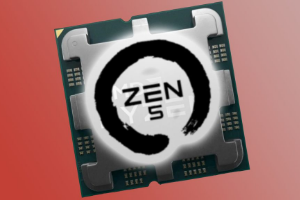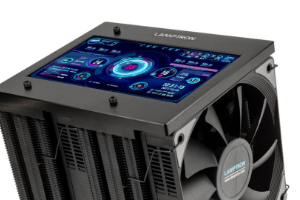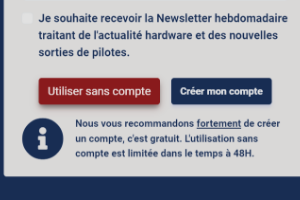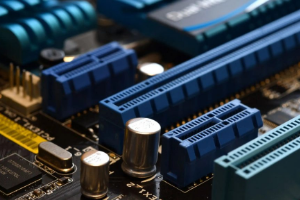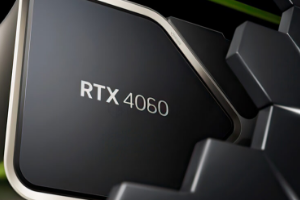Connection to DriversCloudCreate a DriversCloud.com accountReset your DriversCloud.com passwordAccount migration
Fiber optic subscriptions have become the majority
For broadband and ultra-broadband Internet subscriptions, it is only recently that end-to-end optical fiber subscriptions have become the majority in France.
After broadband for all by the end of 2020, the government's ambition is very high speed broadband for all by the end of this year 2022. This is the challenge of the France Very High Speed Plan, for which optical fiber obviously plays a major role.
By 2025 and even later, it seems illusory to think that optical fiber will eventually cover the entire French territory. There will inevitably be gaps in the coverage, with deployments coming up against geographical, topological or other difficulties.
For the moment, about 77% of the country is covered by optical fiber. Such a rate makes France a leader in Europe and will undoubtedly allow to reach the objective of 80% with optical fiber in France by the end of the year.
A milestone reached in the second quarter
Currently, more than 32 million premises are eligible for FTTH offers for end-to-end optical fiber. With this level of deployment, one out of every two fiber optic outlets is connected.
As part of its latest observatory of broadband and ultra-broadband on fixed networks, the telecom authority Arcep has highlighted that for the first time, end-to-end fiber subscriptions have become the majority in France. This was not the case until the second quarter of 2022.
As of June 30, the number of FTTH fiber subscriptions reached 16.3 million, or 51% of all broadband and ultra-broadband Internet subscriptions, which were 31.7 million. It should also be noted that fiber subscriptions with coaxial cable termination have continued to fall below the million mark.
A problem now with very dense areas?
By definition, it is worth noting that very high speed means a downstream speed of 30 Mbit/s or more. With fiber optics, it is subscriptions for which the downstream speed is greater than or equal to 100 Mbit/s.
During the second quarter, 790,000 premises were made eligible for FTTH offers in less dense public-initiative zones, 240,000 premises in less dense private-initiative zones, 96,000 in territories concerned by calls for local commitments and 84,000 premises in very dense zones.
Arcep is concerned aboutone point... the rate of production of new lines, which is still insufficient in the very dense areas once favored by operators.


